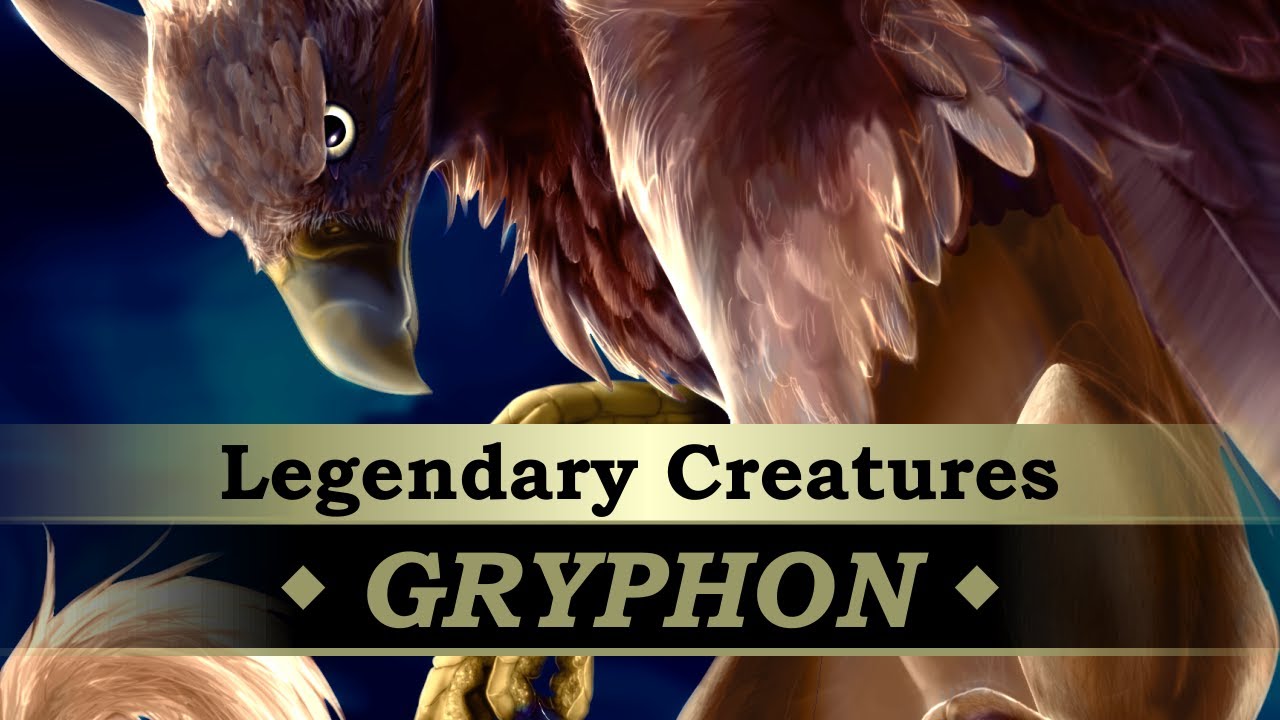
when Horror Yearbook – Legendary Gryphon tales have fascinated people for centuries, blending the features of a lion and an eagle into one majestic being. With the body of a lion and the head and wings of an eagle, the gryphon stood as a symbol of strength and divine protection in many ancient cultures. Found in art, heraldry, and ancient manuscripts, this creature has been both feared and revered. Ancient
Greeks believed the gryphon guarded treasures in the mountains of Scythia, while medieval Europeans saw it as a protector of sacred places. Some depictions show the gryphon soaring across the skies, tearing through enemy ranks or guarding kings’ tombs. Although many label it as a myth, artists, authors, and game developers continue to carry the image of the gryphon into modern times through films, books, and games. People still question whether this creature came purely from imagination or whether ancient observers misunderstood real-world animals and passed down exaggerated stories over time.
Stories of the Legendary Gryphon did not appear from thin air. Historians trace its origins back to ancient Mesopotamia, Egypt, and Greece, where sculptures and pottery displayed hybrid beasts. The gryphon’s earliest appearance can be found in Bronze Age artwork, suggesting that ancient societies may have drawn inspiration from fossil discoveries or travelers tales. In Greece, the creature appeared frequently in association with the god Apollo, adding a sacred aspect to its terrifying form. The Legendary Gryphon symbolized watchfulness and power, traits that matched the dangerous territories these societies sought to control. Some scholars believe that fossils of Protoceratops, a dinosaur with a beak and large frill, might have inspired early gryphon myths in Central Asia. Nomadic traders possibly misinterpreted these fossils and shared tales of bird-lion hybrids during their travels. These stories gradually spread across continents, evolving with each culture that adopted them into their myths and legends.
“Read about: The Giant Sea Monster Japan Doesn’t Want You to Know About: Meet Akkorokamui!”
During the Middle Ages, the Legendary Gryphon became more than just a mythical beast—it grew into a powerful symbol of nobility and divine strength. Knights and noble houses used its image on shields and banners to communicate courage, dominance, and honor. The Church also used the gryphon to symbolize Christ’s dual nature, part divine and part human, reflecting the creature’s mixed anatomy.
Artistic representations filled cathedral walls, stained-glass windows, and even tombs, showing gryphons guarding sacred places or flying above holy figures. Though no physical evidence was ever found, people believed in their existence deeply enough to carve them in stone. In literature, the gryphon appeared in bestiaries—encyclopedias of real and mythical animals—that described it as an unbeatable guardian of treasure and purity. These depictions turned the Legendary Gryphon from a monster into a moral guide, representing protection of the righteous and punishment of the greedy or corrupt.
Today, the Legendary Gryphon captivates fans of fantasy fiction, films, and games. Audiences often encounter it as a noble ally or a fierce adversary, and its majestic image continues to inspire awe. Popular video games and high-budget fantasy films portray gryphons with glowing eyes, armor-plated wings, and commanding voices filled with ancient wisdom. Writers embrace the gryphon as a symbol of loyalty, magic, and protection. Fantasy authors like J.K. Rowling and C.S. Lewis introduced similar creatures in their stories, drawing from the gryphon’s powerful mythos. In gaming, players either ride gryphons across magical landscapes or face them in epic battles. Outside of entertainment, companies and schools feature gryphons in their logos to reflect honor and tradition. Creators and thinkers across generations turn to the Legendary Gryphon for inspiration, celebrating its unique combination of elegance, strength, and enduring mystery.
“Read more: World’s Largest Human Trafficking Crackdown: 43 Nations Unite in Operation Global Chain”
Modern scholars have offered theories about how the Legendary Gryphon might have originated from misunderstood natural findings. Some paleontologists propose that ancient people stumbled upon dinosaur bones with features resembling both lions and birds. These discoveries might have sparked legends passed from one culture to another. Additionally, traders traveling the Silk Road could have carried tales of strange beasts from far-off lands, fueling the myth further.
Scientists also consider the human tendency to create hybrid creatures in mythology—a reflection of our fascination with combining different traits to form symbols of power and fear. The gryphon, with its dual nature, fits perfectly into this tradition. While most experts agree it is a myth, the possibility that real observations helped shape the story adds depth to its mystery. The Legendary Gryphon represents more than just a tale—it reflects humanity’s creativity, fears, and need to explain the unexplainable in the natural world around us.